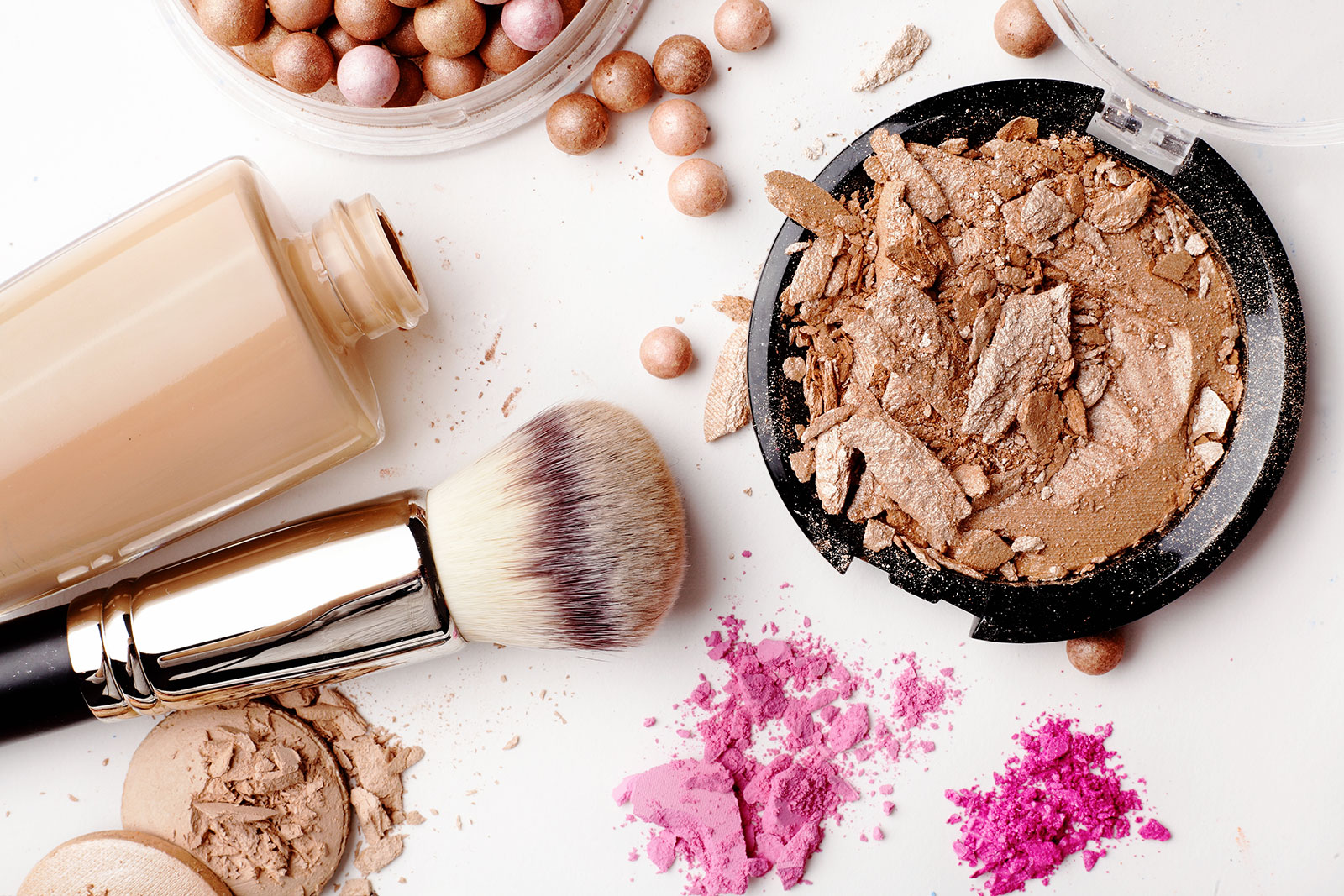Regulatory overview
Regulatory overview
Regulatory strategy for cosmetics refers to the approach taken by companies to ensure compliance with regulations and laws governing the manufacturing, labelling, marketing and distribution of cosmetics products. The primary goal of such cosmetic regulatory strategy is to navigate the complex regulatory landscape and ensure that cosmetic products meet all the necessary requirements for safety, efficiency and consumer protection.
Here are some key elements typically to be considered in a regulatory strategy for cosmetics:
- Compliance assessment: Companies need to assess the regulatory requirements of the markets they intend to enter. This involves understanding the laws and regulations specific to cosmetics, including ingredient restrictions, labelling requirements, product notification, and any specific guidelines issued by regulatory authorities.
- Product formulation and ingredient review: The regulatory affairs team collaborates with product development and R&D departments to ensure that the cosmetic formulations meet the necessary safety standards. They review and assess the safety of ingredients used in the products, considering factors such as potential risks, restricted substances, and usage limitations.
- Regulatory submissions and notifications: Depending on the local laws, cosmetic products may require pre-market approval, notification, or registration before they can be sold. The regulatory affairs team prepares and submits the necessary documentation to regulatory authorities, which may include product formulations, safety data, labelling information, and any other required information.
- Labelling and claims: compliance with labelling requirements is crucial in the cosmetics industry. The regulatory affairs team ensures that product labels are accurate, truthful, and meet the specific requirements of each market. They review claims made on product packaging, advertisements, and marketing materials to ensure they are substantiated and compliant with regulations.
- Post-Market Surveillance: Companies must monitor their products once they are on the market to identify and address any safety concerns or adverse events. The regulatory affairs team collaborates with other departments to collect and evaluate post-market data, including consumer complaints, product performance, and adverse reaction reports. They report any necessary information to regulatory authorities as per local regulations.
- Keeping up with regulatory changes: The regulatory landscape for cosmetics is subject to regular updates and changes. The regulatory affairs team continuously monitors and assesses changes in regulations, guidelines, and standards that impact the cosmetics industry. They ensure that the company’s products and processes remain compliant and make any necessary adjustments to their strategies.
- Communication with regulatory authorities: The regulatory affairs team acts as the liaison between the company and regulatory authorities. They engage in ongoing communication, respond to inquiries, and address any regulatory issues raised by authorities.
It’s important to note that regulatory affairs strategies for cosmetics may vary depending on the specific requirements of each country or region. Companies often employ experienced regulatory affairs professionals or work with specialised consultants to navigate the complex regulatory landscape and ensure compliance with applicable regulations.

Any Questions?
Do you have any questions? We are here to help you!
Let us know how we can lighten your way to your regulatory success!
